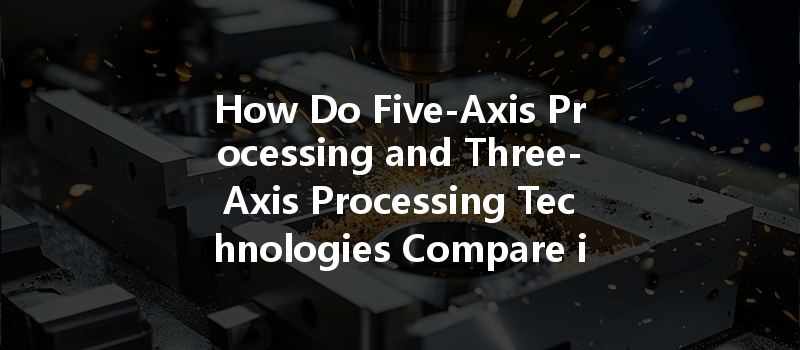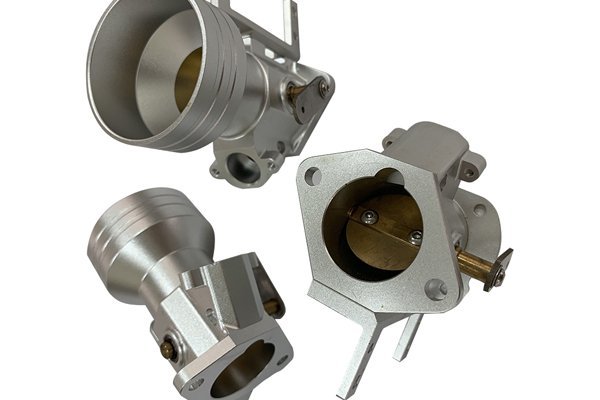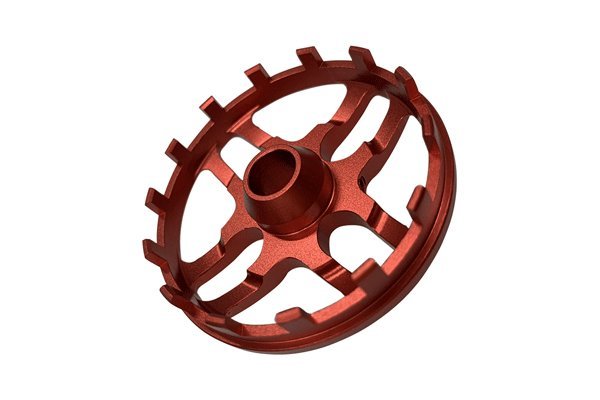Opening
Did you know that the manufacturing industry is predicted to reach a staggering $6 trillion by 2023? To keep pace with this rapid growth, manufacturers are increasingly relying on advanced machining technologies to deliver precision and efficiency. Among these technologies, CNC (Computer Numerical Control) machining plays a pivotal role. Specifically, five-axis and three-axis processing are two popular methods that often raise questions about their application scope and costs. If you’re involved in CNC machining or considering which technology to implement for your business, understanding the differences between these two processes can make a significant impact on your bottom line.
Content
Understanding the Basics: What is Three-Axis and Five-Axis Processing?
Before we delve into the nuances of costs and application scope, let’s first understand what three-axis and five-axis CNC processing encompass.
Three-Axis CNC Processing: In three-axis CNC machining, the tool moves along the X, Y, and Z axes. This method is effective for many simple operations and is ideal for flat parts or components with limited complexity. Imagine a milling machine that can only move left and right, forward and backward, and up and down. That’s essentially a three-axis machine in action.
Five-Axis CNC Processing: On the other hand, five-axis CNC machining provides additional functionality, allowing the tool to move along the X, Y, and Z axes, while also rotating around two additional axes. This means that the tool can approach the workpiece from any direction, enabling the machining of parts with complex geometries. Consider it as a sculptor having complete freedom to carve in three-dimensional space.
Comparing Application Scope
Now that we have a foundational understanding, let’s dive into the application scope of both technologies.
Three-axis CNC machining excels in simpler tasks, such as drilling, milling, and cutting of flat components. Industries such as prototyping or batch production of simple parts often turn to three-axis machines due to their straightforward setup process and lower operational costs. They are perfect for creating 2D shapes and relatively simple 3D parts, making them suitable for applications such as:
In contrast, five-axis CNC processing shines when tackling intricate designs and more complicated geometries. Industries such as aerospace, automotive, and medical benefit greatly from the efficiency and versatility of five-axis machining. Some of the applications include:
While three-axis machines can handle various materials, their performance may diminish when dealing with harder materials requiring detailed features. On the other hand, five-axis machines are designed for more demanding materials, including titanium and advanced composite materials, they’re ideal for producing parts where precision and detail are critical.
When it comes to high-volume production, the choice between the two technologies might depend on the complexity of the part. Three-axis machining is often faster for straightforward operations, making it economically viable for larger volumes of simple parts. However, for precision parts that must fit tightly and function with other intricate components, five-axis processing becomes advantageous due to its ability to machine multiple sides without requiring multiple setups.

Evaluating Cost Factors
Transitioning from application scope, let’s examine the costs associated with each type of machining technology.
One of the main cost factors is the initial investment required to acquire the machines. A three-axis CNC machine typically costs significantly less than a five-axis machine. While three-axis machines range from $30,000 to $150,000 based on capabilities and brand, five-axis machines can range from $100,000 to over a million dollars for high-end configurations.
Operational costs can also differ. Three-axis machining generally incurs lower items in terms of tooling and software operation. However, because five-axis machines can handle more complex projects in a single operation, they may reduce assembly time and labor costs in the long run, thereby offsetting their expensive upfront costs.
Maintenance is vital in any machining setup. A five-axis machine may require more specialized maintenance and operator training than a three-axis machine, which can further add to costs. Organizations using five-axis machines should account for these expenses and invest in training and skill development.
Efficiency is perhaps the most crucial factor affecting cost. Five-axis machining can significantly reduce cycle times by eliminating many setups and fixtures required for a job. The ability to produce intricate parts in fewer operations leads to quicker turnaround times and higher throughput.
Decision Factors for Manufacturers
Deciding between three-axis and five-axis processing should involve a thorough analysis of your specific needs. Consider the following factors:
In the battle of CNC technologies, both three-axis and five-axis processing have their strengths and weaknesses. Each serves distinct applications and offers unique cost structures. When deciding which to use, it’s crucial to evaluate your specific needs, including the complexity of your parts, production volume, budget constraints, and the skill of your workforce.
Investing in the right CNC technology can lead to increased efficiency, reduced operational costs, and higher-quality output, positioning your business for growth in an increasingly competitive market. Understanding the distinct advantages of three-axis and five-axis machining is essential for manufacturers seeking precision-engineered components that meet stringent industry requirements.
Ultimately, choosing the right CNC technology is not just a cost decision but a strategic one. The implications of this choice will echo across your production capabilities, ultimately impacting your ability to fulfill customer demands and grow your business. With the right knowledge, you can lead your enterprise toward the future of manufacturing with confidence. So take a moment to reflect on your business’s machining needs and make an informed choice that propels you forward!
—






